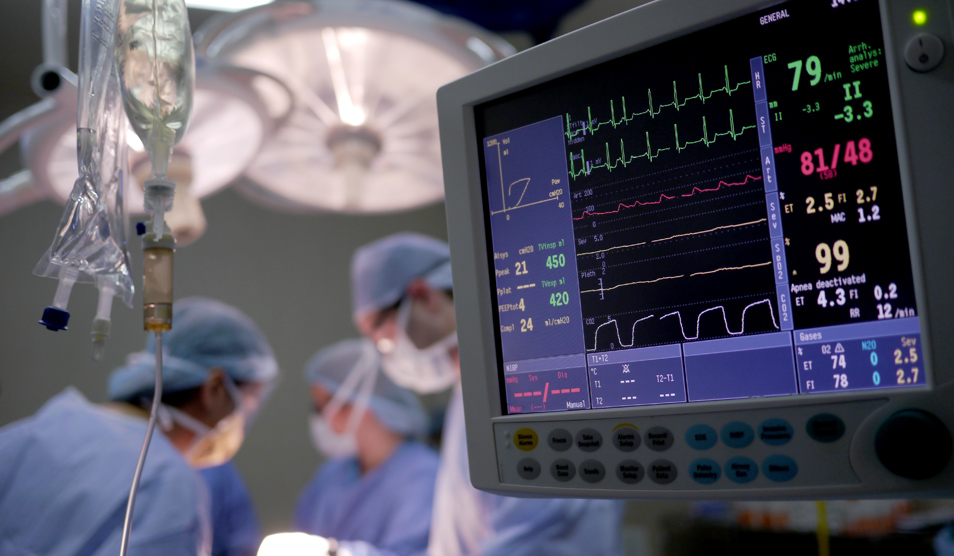Electric plaster that could help wounds heal quicker tested at Imperial College Healthcare NHS Trust
Doctors at Charing Cross Hospital are investigating whether a type of electric plaster can help clear furred-up arteries in legs and heal hard-to-treat wounds.
The device, which is called the Geko and has been developed by UK doctors, is around the size of a wrist watch and sends small electric shocks into the leg. The idea is that these tiny shocks, which make the leg twitch slightly, boost blood flow into the leg.
Now a team at Charing Cross Hospital in Hammersmith, are assessing whether the device can help treat peripheral arterial disease, as well as heal foot ulcers.
Peripheral arterial disease affects around one in five Britons over the age of 60 and is caused by fatty deposits building up in leg arteries, restricting blood flow.
This triggers leg pain and numbness, as well as hair loss on the legs and feet (a lack of blood flow to the skin causes hair follicles to die). In severe cases the lack of blood flow can trigger foot ulcers, and eventually lead to amputation.
Arteries naturally narrow with age, but the condition is thought to be worsened by high blood pressure, diabetes, high cholesterol or smoking.
Treatments include medication such as cholesterol-lowering statins, and in severe cases surgery is required.
However, one of the most effective treatments for the condition is exercise, as this boosts blood flow, which causes other small blood vessels in the leg to enlarge and help bypass the blockage. But many patients are in too much pain to do any activity explains Kate Williams, the vascular surgeon at Imperial College Healthcare NHS Trust who is coordinating the trial, or have health problems such as heart or lung disease that make exercise difficult.
She adds:
" But left untreated many will develop a condition called critical limb ischaemia - associated with leg ulcers, severe leg pain, and amputation."
Now in a new trial 20 patients with the condition will wear the device for four hours a day, five days a week. Another 20 patients will follow a regimen of exercise but won't wear the device.
The device, which sits just below the knee, sends tiny electric shocks into the muscles of the leg. The idea is that these painless pulses produce the beneficial effect of exercise, without a patient having to undertake vigorous activity. They cause the leg muscles to contract slightly, causing them to twitch. This mimics the effect of walking, and, over time, may increase blood flow to the muscle and skin of the foot. Early results of the Imperial trial are promising, with some patients reporting less pain when walking, but no firm conclusions can be drawn until the results are published in a peer-reviewed journal.
The same team are also assessing whether the device can help treat diabetic foot ulcers. These wounds affect around more than one in ten people with diabetes at some point, and in severe cases can lead to amputation. They occur as a result of poor blood flow due to damage to the nerves and blood vessels caused by chronically high blood sugar levels.
Doctors are trialing the device on 20 patients with foot ulcers, and hope the electrical pulses from the device will boost blood supply and stimulate healing.
Notes to editors
If you have a foot ulcer or peripheral arterial disease and would like to participate in the study, please contact K.williams@imperial.ac.uk
For more information please contact the press office.





